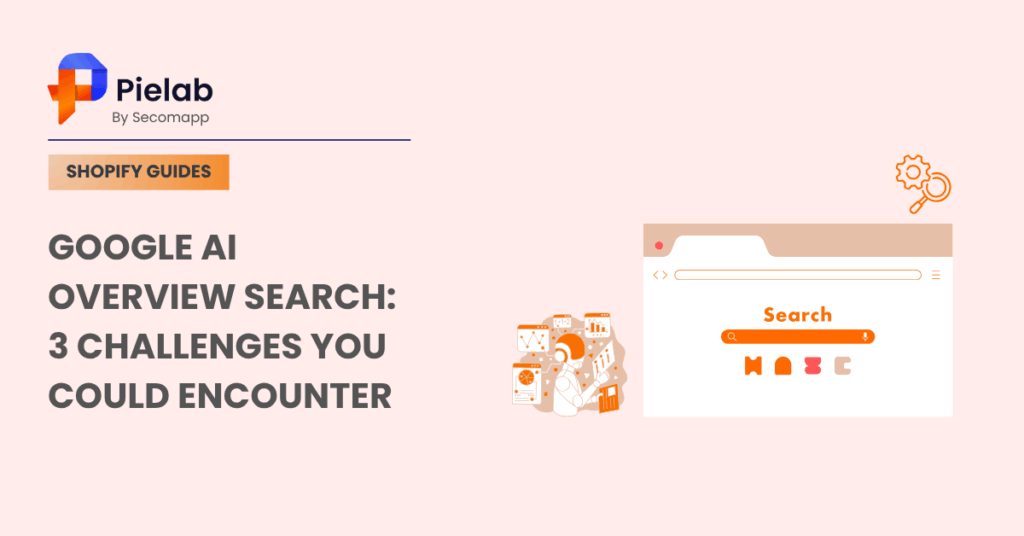Artificial Intelligence (AI) is changing how we interact with content. AI Overview Search, powered by Google Gemini, shows quick summaries at the top of search results, so users don’t need to click into a full blog post. While this enhances the overall customer experience, it also brings drawbacks for website developers to attract more audience.How can you stay ahead in this changing era? In this article, we’ll break down 3 challenges with AI Overview Search and turn them into strategic advantages.
AI Overview Search Explained: What You Need to Know
1. Definition
Google AI Overview (AIO) is a search feature that uses AI to deliver summarized answers to complex questions and grasp key insights. Unlike traditional blue links, AI Overview Search gives users a quick summary and then points them to trusted sources for more details. By presenting concise explanations, AIO aims to simplify intricate topics while encouraging broader discovery through varied content.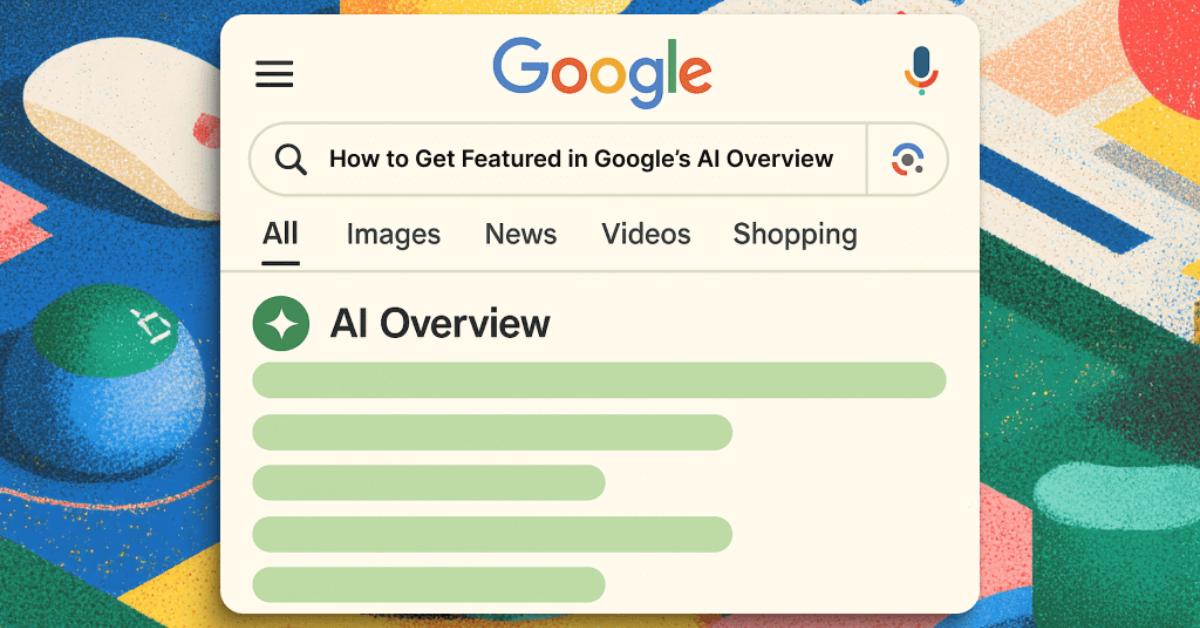
2. AI Overview Algorithm: How AI Overview Process Information
Query Understanding
When you submit a query, Google uses language models (like BERT, PaLM, Gemini) to interpret your intent. It analyzes context, nuance, and related searches to ensure it fully understands what you’re asking.
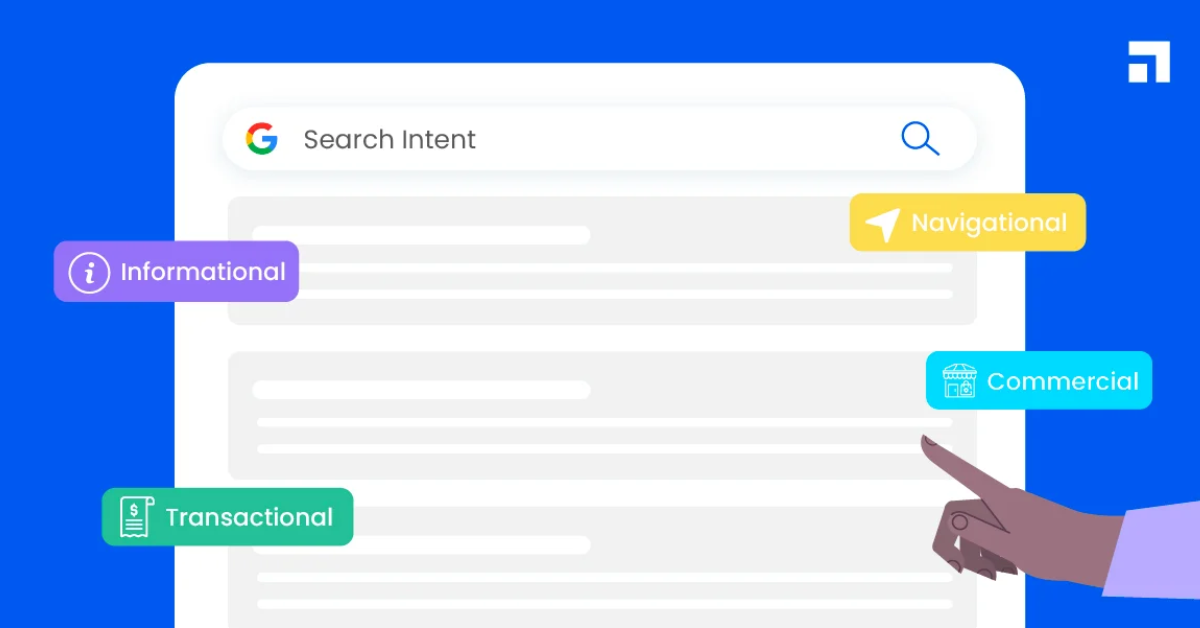
Query Fan‑Out & Document Retrieval
For harder questions, Google breaks them into smaller ones to find better answers, which is called the Query fan-out process. It retrieves relevant documents – Search Result Documents (SRDs) – from its index, knowledge graph, and web pages.
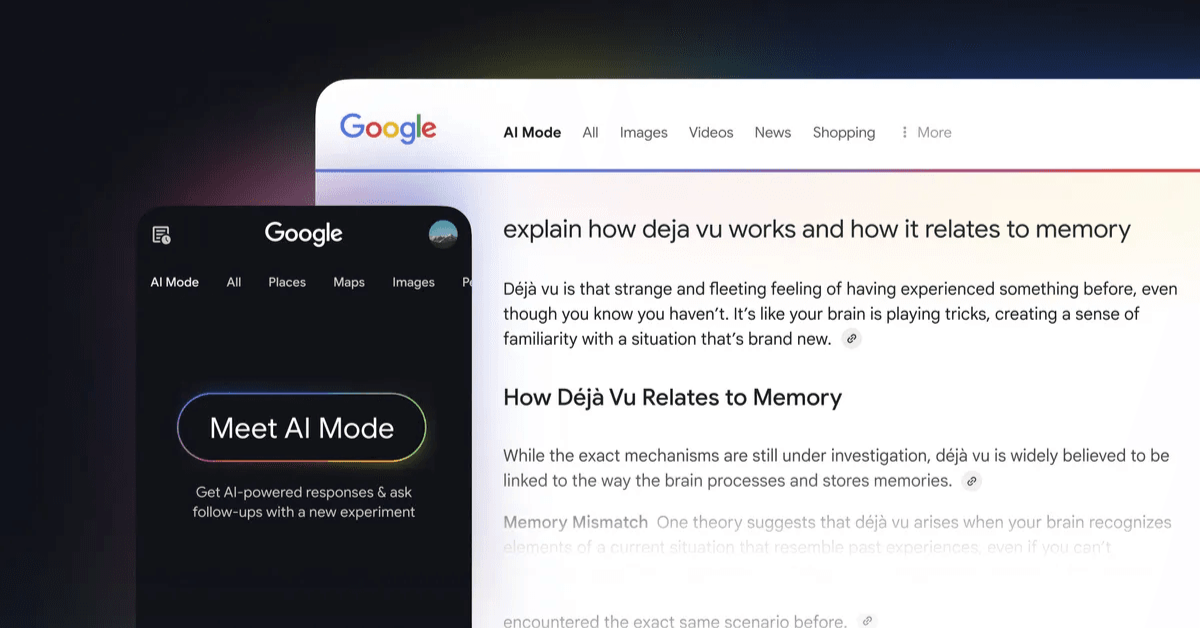
Retrieval‑Augmented Generation (RAG)
Google augments the language model prompt with retrieved data. This RAG approach allows the model to ground its output in real, current information beyond its training data.
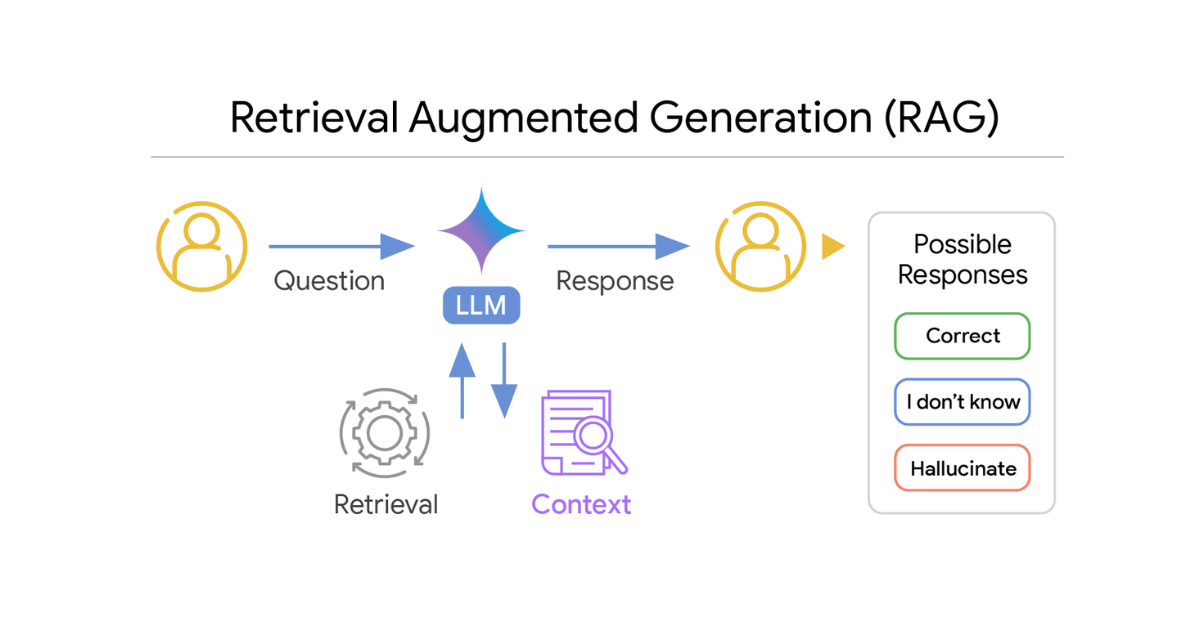
Summarization & Synthesis
Gemini (and related models) synthesize the gathered documents into a coherent, concise summary. In this step, the system may run summarization models on large chunks of text to keep answers clear and relevant.
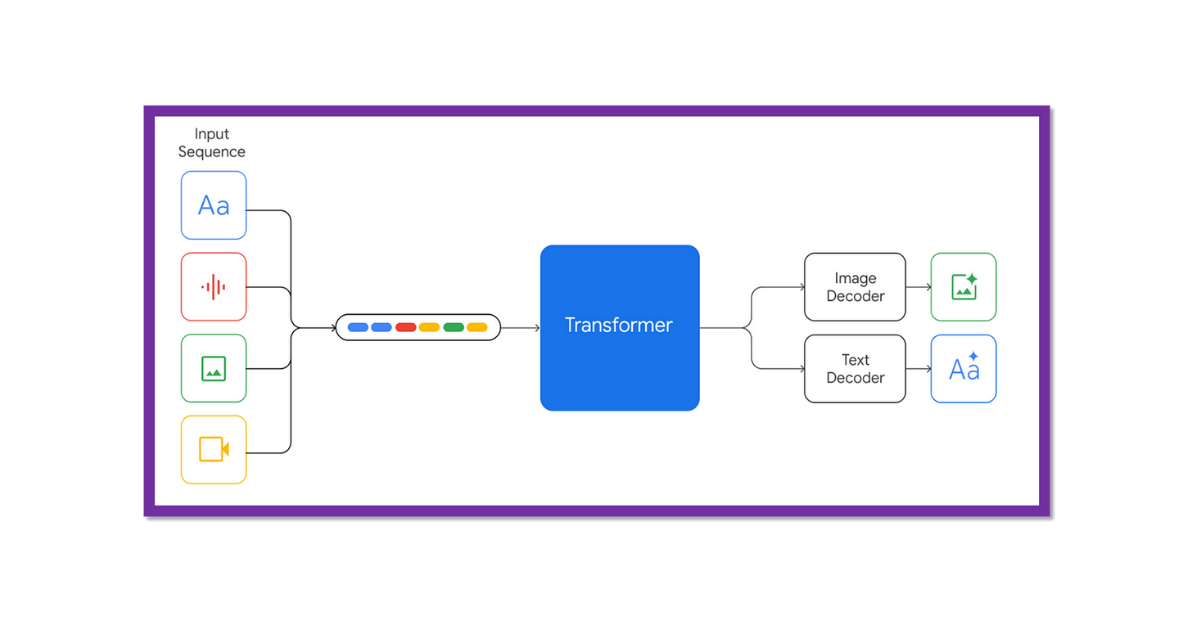
Post-Processing & Attribution
The generated summary goes through filtering to ensure accuracy, compliance, and quality. Google includes links to source pages so users can check where the information came from and explore further if they want.
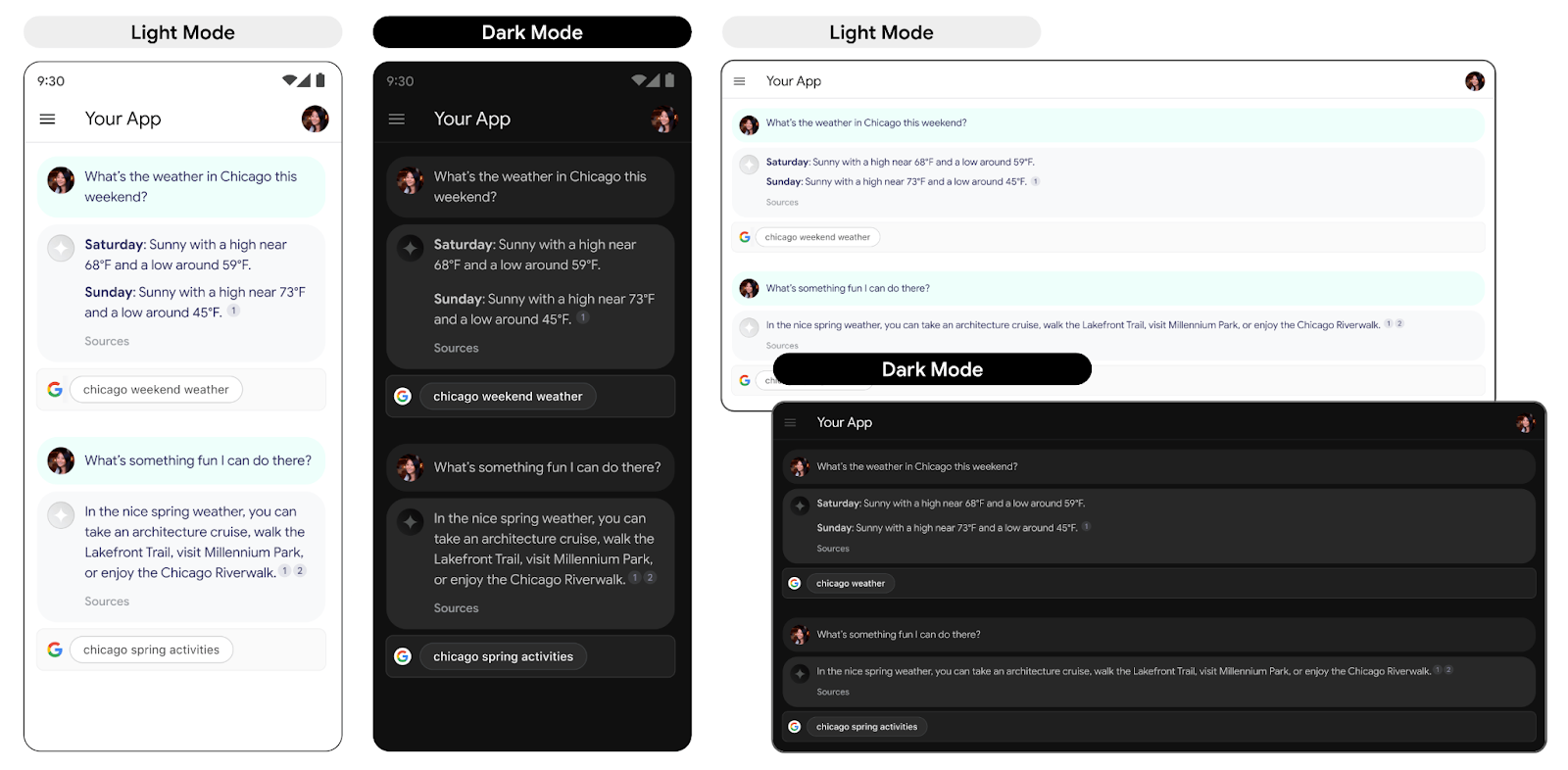
Presentation in Search Results
The final AI Overview appears on the search results page with a short summary, key points, source links, and often a “Show More” button for more details.
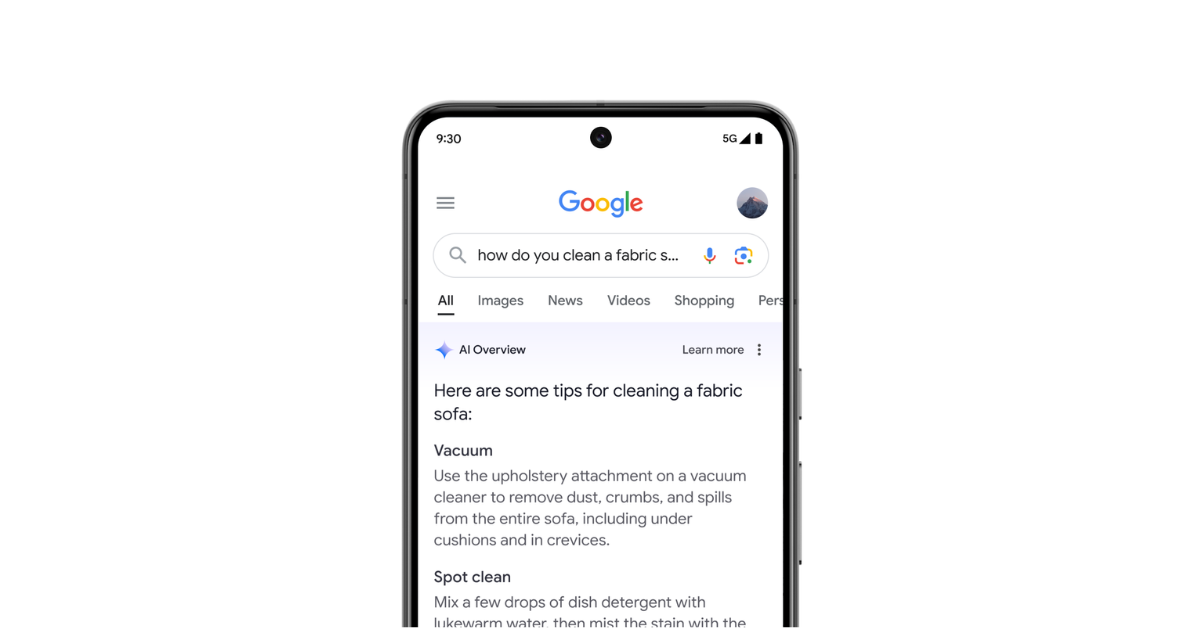
AI Overview Search: 3 Big Challenges & Tips To Optimize Your Websites
AI Overview Search is more than just a flashy new feature – they’re redefining how people search and how content gets discovered. For marketers and creators, this opens up exciting new opportunities – if you know how to craft content that speaks directly to Gemini.
1. Losing Google’s top ranking results
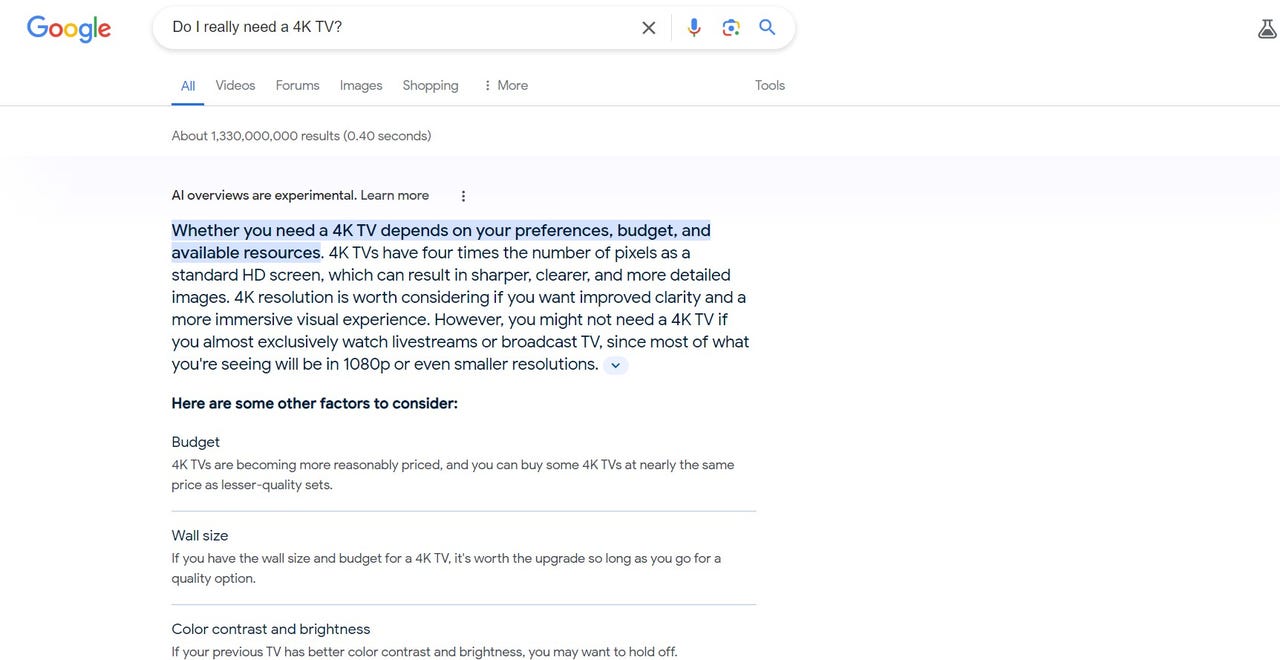
Google shows AI-generated summaries at the top of the search engine results page (SERP). These appear above regular website listings. This premium placement means that even if your content ranks #1 organically, it may still be pushed below the AI Overview box. As a result, visibility is no longer just about ranking, but also about being included in the summary itself. This changes how SEO works: Your content now needs to meet AI standards for clarity and credibility to be featured at the top.
5 tips to stay visible alongside AI Overview:
- Stay updated on Google’s AI changes (such as Gemini updates, AI Mode rollout) to adapt your strategy.
- Write content not only for users, but also for AI systems parsing and summarizing your pages. Make sure your content works well when using voice search optimization.
- Keep it natural, clear, and question-based so AI can understand it better.
- Align SEO with EEAT: Create human-made content that reflects your expertise and delivers real value. This helps meet Google’s EEAT standards for quality and credibility.
2. More instant response, fewer visits
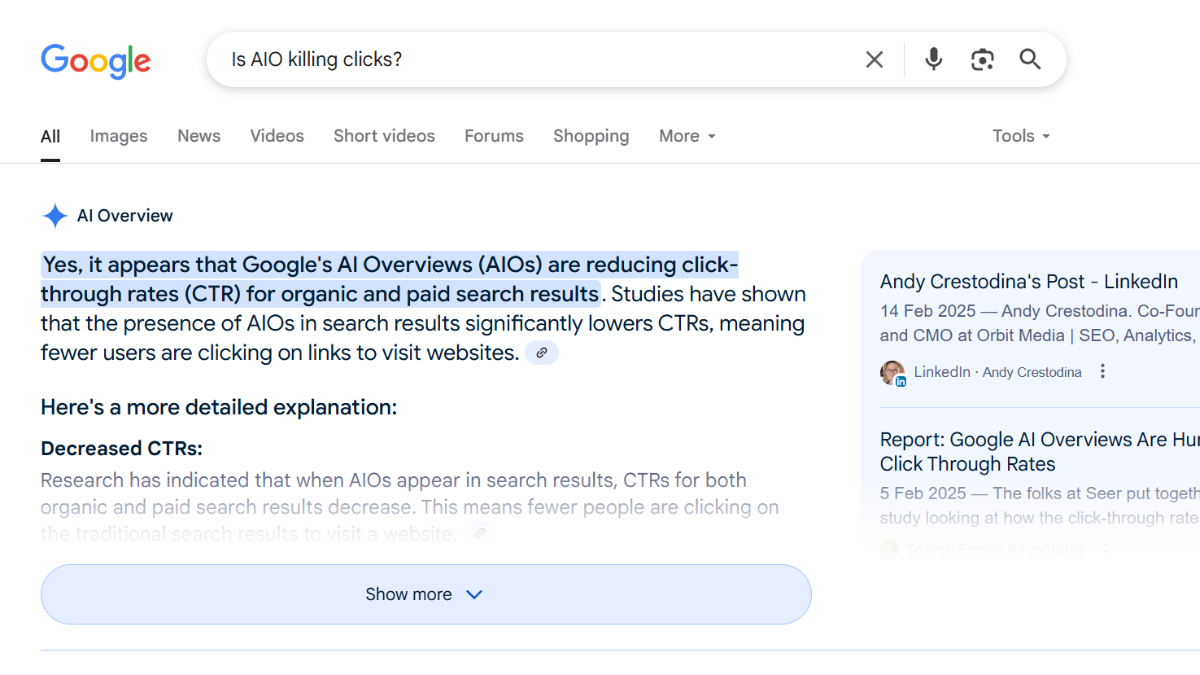
Since AI Overview aims to directly answer user questions, many searchers get what they need without ever clicking on a link. This shift affects content and search websites’ traffic, especially those offering informational articles. When answers appear directly in search results, users are less likely to click through to the original site. Even high-ranking pages can experience lower click-through rates. To stay competitive, marketers should focus on unique insights, useful context, and strong calls to action.
5 tips to stay visible alongside AI Overview:
- Add H2s and H3s that match what people search for to boost your chances of showing up in AI Overview.
- Provide concise, well-written answers at the top of your page to match Google’s summary style.
- If your page is built for featured snippets, it’s more likely to appear in AI Overview too.
- Use structured data to help Google understand your website content and qualify for rich results.
- Publish articles around the same topic to build authority and help Google see your site as a trusted source.
3. Losing Google Traffic Results.

Many websites may lose traffic as AI Overview Search shows key content in search results, so users don’t need to click through. In many cases, the overview takes snippets from these sources without guaranteeing a click back. While Google provides citations, they’re often too subtle to drive real traffic back to the source.
5 tips to stay visible alongside AI Overview:
- Offer unique value beyond the basics: Don’t just restate facts! Be sure to share unique insights or real experience that AI summaries and common AI tools can’t easily copy.
- Embed media and interactivity: Use visuals, videos, tools, or calculators to create reasons for users to visit your site.
- Create strong internal links: Explore more relevant pages by connecting relevant pages naturally.
- Use “Read More” hooks: Tease advanced information or deeper breakdowns right after a summary to invite clicks.
- Track AI impact in analytics: Monitor behavior metrics like bounce rate and time-on-page to see how AI Overview affect user flow.
Conclusion
AI Overview Search marks a fundamental shift in how website content is found in search. As Gemini continues to shape what users see first, marketers and website owners must rethink traditional SEO approaches. By aligning your strategy with Google’s evolving AI Overview Search algorithm, prioritizing structure, trust, and depth, you can turn this disruption into an opportunity.Finally, we hope that this article brings a deeper understanding of AI Overview Search. For more latest updates from Google, don’t hesitate to follow us! Thank you for reading.

